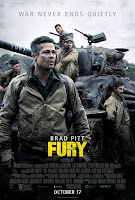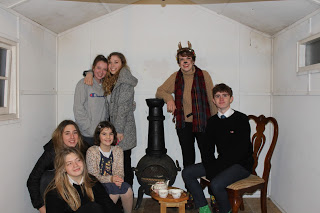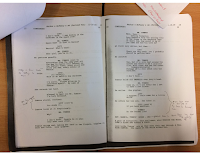Post 4
ET Film Fact File Institutional context Production company- Universal Pictures Distributer- Universal Pictures Director- Steven Spielberg Cinematographer- Allen Daviau Composer- Editor- Carol Litteton Other notable personnel- Notable related films- Production notes- Audience Expectations Is the film an adaptation- Part of a franchise- A star vehicle- Is the director well known- Dose the director have a particular style- Reviews How was the film received- What has been written about the film - Historical/Political context When is it set- Where is it set- Dose the film relate to real events- Dose it reflect the political mood of the time- Dose the film deal with social, cultural, political issues-



